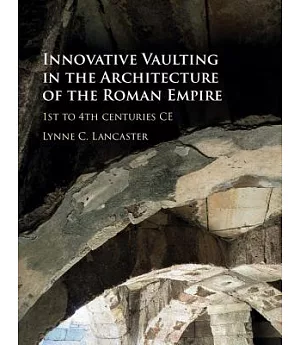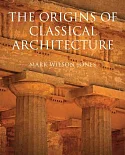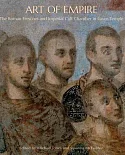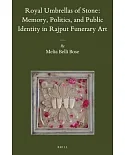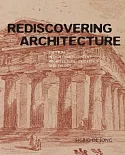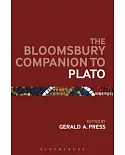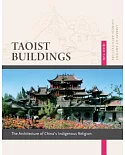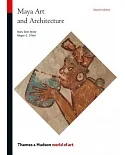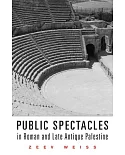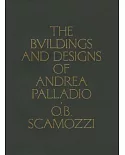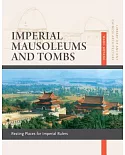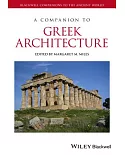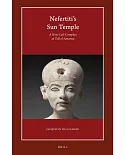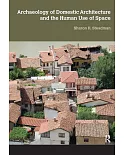"This book studies six vaulting techniques employed in architecture outside of Rome and asks why they were invented where they were and how they were disseminated. Most of the techniques
involve terracotta elements in various forms, such as regular flat bricks, hollow voussoirs, vaulting tubes, and armchair voussoirs. Each one is traced geographically via GIS mapping, the
results of which are analysed in relation to chronology, geography, and historical context. The most common building type in which thetechniques appear is the bath, demonstrating its importance
as a catalyst for technological innovation. This book also explores trade networks, the pottery industry, and military movements in relation to building construction, revealing how
architecturalinnovation was influenced by wide ranging cultural factors, many of which stemmed from local influences rather than imperial intervention"--

